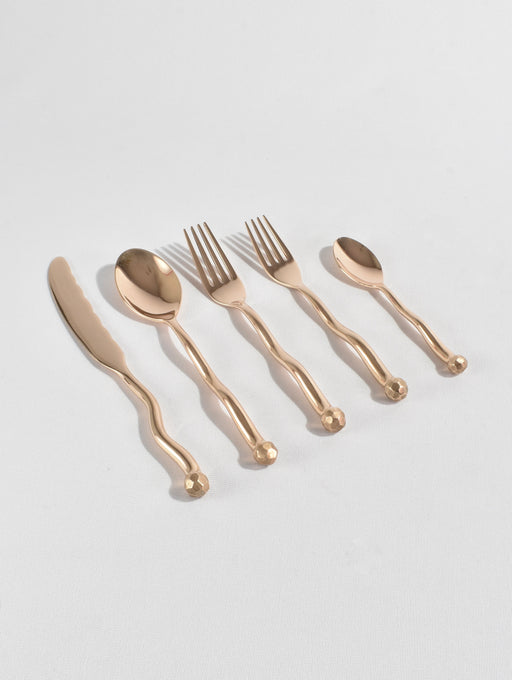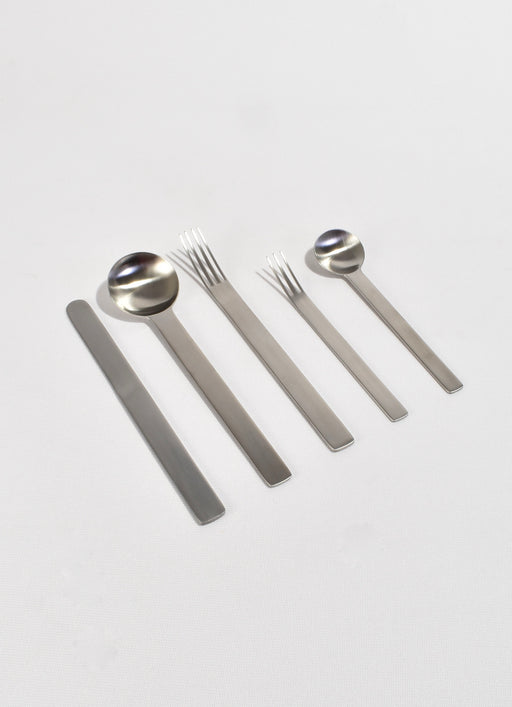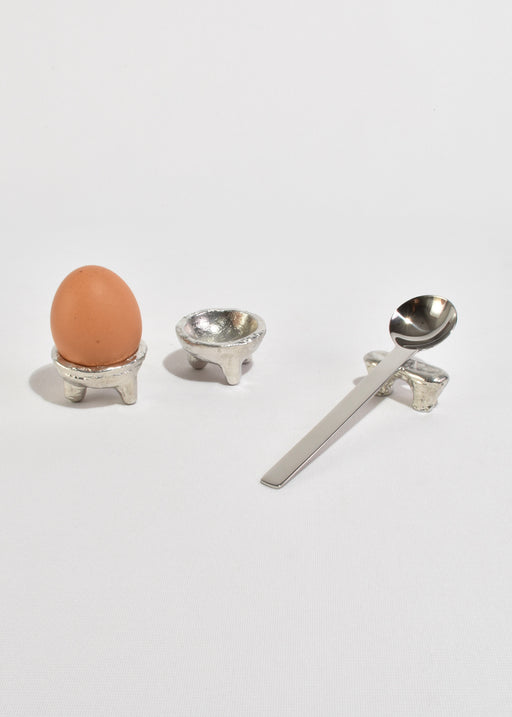
Object of Interest: Izabel Lam's Metamorphic Metals
There's a moment, just before dinner begins, when a set table holds its breath. It's a suspended instant between preparation and gathering, between stillness and motion—the kind of everyday threshold that most of us cross without noticing…unless, of course, the objects themselves invite us to pause.
March 06, 2025


In the hands of designer Izabel Lam, metal forgets its nature. Steel flows like silk, bronze ripples like water, and rigid forms take on an impossible fluidity. In her hands, metal becomes a medium for capturing the ephemeral, for making permanent those fleeting moments when water catches the light or fabric blows in the wind. Lam's work, held in permanent collections including the Brooklyn Museum and Cooper Hewitt, exemplifies a rare mastery: the ability to capture motion in metal, to freeze the ephemeral in bronze and steel.


With work spanning from the late 1970s through the present, Lam’s alchemical approach has garnered international acclaim, winning Japan's prestigious "Design of the Year" award and cultivating a devoted following among those who appreciate objects that challenge our expectations of what's possible. This season, we're honored to reissue her iconic Sphere flatware collection—a cult favorite, late 1980s series that perhaps best embodies this singular vision.
Lam's mastery of metamorphosis started as a child in Hong Kong's harbor district, growing up watching the dramatic transformation of water from typhoon to tranquility. But it was beneath the surface where she found her true inspiration. An avid scuba diver, she made regular pilgrimages to places like the Similan Islands with camera in hand, documenting the fluid choreography of marine life. "Underwater, a straight line doesn't remain a straight line for long," she observed. "When you look at my designs, it's like a movement that has stood still so that when you look at it, it seems to be continuing on, and there's no way of knowing when it'll stop."


After graduating as Student of the Year from Parsons School of Design in 1975, she worked with Calvin Klein and Geoffrey Beene, where she learned to manipulate fabric into unexpected forms. Her mastery of draping would eventually awaken a curiosity: could the same approach be applied to metal? "Steel is so hard, so rigid and flat and cold," she says of her early experiments. "I try to make it undulate and drape." The seemingly impossible task—to make the immovable flow—became her signature achievement.
The Sphere collection is, on its surface, a set of utensils; tools for everyday life. "Whatever holds it together has to have design, but the design has to have function. It has to serve a purpose in both use and aesthetics," she said. And yet each piece suggests a captured moment of motion, an attempt to move metal like a wave. Lam's mastery of the medium reveals itself in what she calls "biomorphic" forms—designs that seem to transcend their earthly elements, resulting in aesthetic balance that's at once modern and almost medieval. The undulating handles echo the fluid forms she photographs underwater (the handles have been referred to as "a family of tadpoles”...charmingly apropos!)



Everything can be more than the sum of its parts; a common tabletop tool can contain the capacity to transport us to the space between typhoon and tranquility, the fluid and the fixed, the expected and the extraordinary. It reminds us that contrasting beliefs can find harmony in the middle—in the interweaving of permanence and continual flux, and in the essential beauty of transformation.


